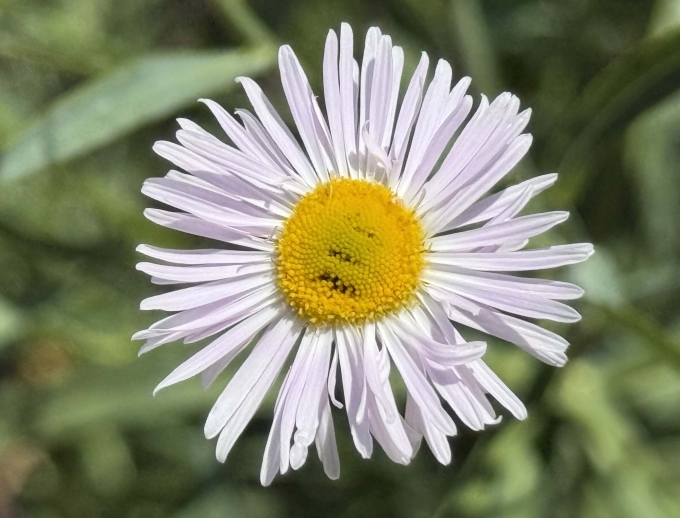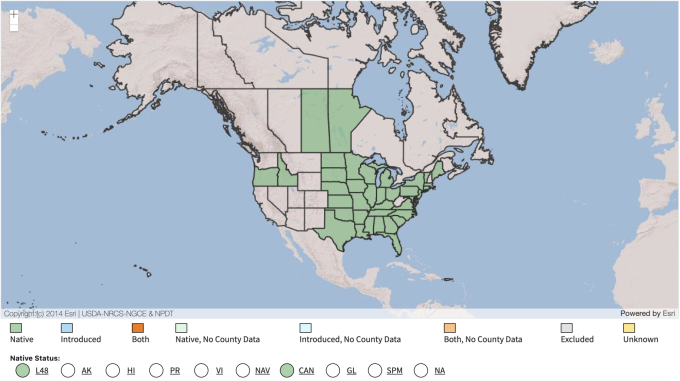Common Name: False Aster
Family: Asteraceae
Plant Type: Herbaceous Perennial
Native Range: Central and Eastern North America, including parts of Nebraska
Hardiness Zones: 3–10
Height: 5.0 to 6.0 feet
Spread: 2.0 to 4.0 feet
Bloom Time: August to September
Bloom Description: White to pink, lilac, or pale purple flowers with yellow centers
Sun Exposure: Full sun
Water Needs: Medium
Soil Preference: Well-drained; tolerates clay and moderately dry soils
Management Level: Medium
Suggested Use: Naturalize, prairie border, pollinator garden
Attracts: Butterflies, native bees
Tolerates: Clay soil, seasonal moisture fluctuation
Notable Features: Late-season bloom, airy texture, floriferous display, good cut flower
Nebraska Growing Notes:
False aster is a tall, showy perennial that brings valuable late-season color and pollinator activity to Nebraska gardens and prairies. Native to moist meadows, lowland prairies, and streambanks across much of the Central U.S., it thrives in full sun and average to moist soils, but tolerates dry spells once established. It spreads slowly by rhizomes and can naturalize in open spaces over time.
The plant’s profuse daisy-like flowers create a soft, cloud-like effect and are a welcome food source for butterflies and beneficial insects at the end of summer when few other natives are blooming. Compact cultivars like ‘Snowbank’ are great alternatives for smaller spaces or more formal beds.
Landscape Use:
Best suited for native plant gardens, large borders, rain gardens, or the back of pollinator plantings. Works well in cottage-style or wildflower-inspired landscapes, where its height and loose form add movement and texture. Also effective in meadow plantings and large-scale naturalized designs.
Caution:
Tall plants may flop, especially in rich soils or part shade. Pinching or cutting back stems by one-third in late spring (similar to garden asters) encourages bushier growth and may eliminate the need for staking. Watch for powdery mildew in humid conditions.
Garden Locations:
4, 5, 7, 15


